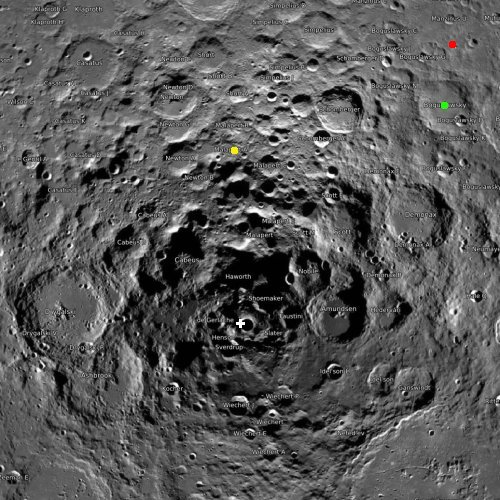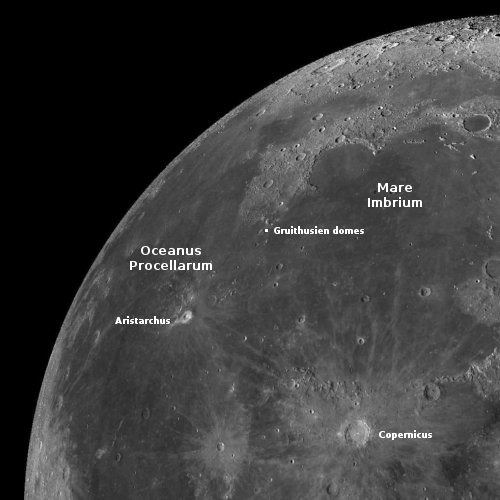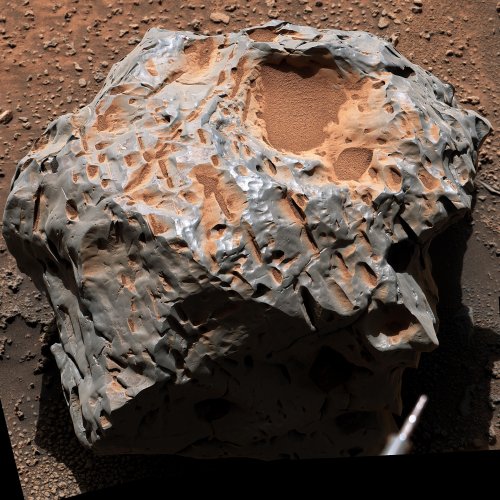Today’s blacklisted American: Previously blacklisted Oregon professor sues university for being further blacklisted because he tweeted “all men are created equal.”

Bruce Gilley of Portland State University
They’re coming for you next: Professor Bruce Gilley of Portland State University in Oregon, who previously had a peer-reviewed paper on colonialism withdrawn from publication because of death threats, has now sued the university because the former communication manager for its Division of Equity and Inclusion blocked him from an internal college Twitter discussion group because he had the nerve to tweet “all men are created equal.”
You can read his lawsuit complaint here [pdf]. Gilley not only sued the university’s Division of Equity and Inclusion, he also sued directly Tova Stabin, the communications manager who blocked him.
What makes the case interesting is that the day after he filed his lawsuit, the university unblocked him and its lawyer sent him an apologetic letter. Here is part of that letter, as quoted in the lawsuit complaint:
» Read more

Bruce Gilley of Portland State University
They’re coming for you next: Professor Bruce Gilley of Portland State University in Oregon, who previously had a peer-reviewed paper on colonialism withdrawn from publication because of death threats, has now sued the university because the former communication manager for its Division of Equity and Inclusion blocked him from an internal college Twitter discussion group because he had the nerve to tweet “all men are created equal.”
You can read his lawsuit complaint here [pdf]. Gilley not only sued the university’s Division of Equity and Inclusion, he also sued directly Tova Stabin, the communications manager who blocked him.
What makes the case interesting is that the day after he filed his lawsuit, the university unblocked him and its lawyer sent him an apologetic letter. Here is part of that letter, as quoted in the lawsuit complaint:
» Read more










